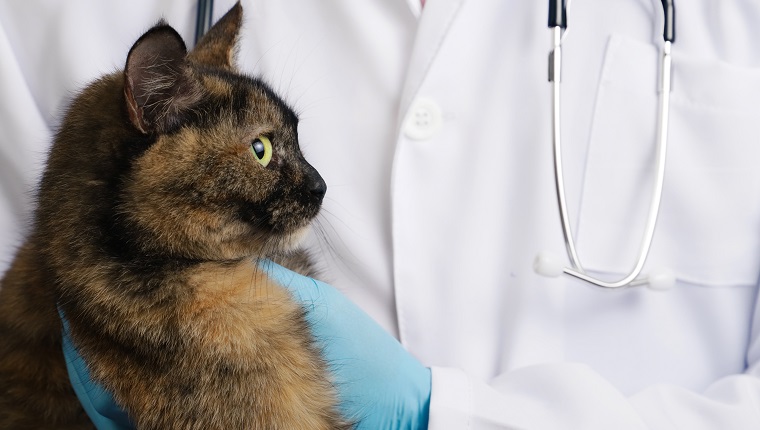Hemangiopericytoma in cats is a type of cancer where a tumor forms on cells that surround some of the cat’s blood vessels. It doesn’t usually tend to spread throughout the rest of the body, but it does often carry on growing at the tumor’s original location.
As the tumor grows, it can negatively affect nearby organs, including the heart and the lungs. If left untreated, the cancer can be fatal. However, if a vet diagnoses it early enough, the condition has a high treatment success rate.
In general, dogs seem to have a higher risk of developing this type of cancer than cats.
If you see signs that your kitty might be suffering from a tumor, then you must consult your veterinarian for a proper diagnosis and course of treatment. Here’s what you should know about the symptoms, causes, and treatments of hemangiopericytoma in cats.
Symptoms Of Hemangiopericytoma In Cats
Hemangiopericytoma in cats produces a small number of visible symptoms. The most common symptoms include:
- Appearance of a mass on one of the cat’s limbs or the trunk
- Nodules or bumps that can resemble an ulcer
Causes Of Hemangiopericytoma In Cats

Hemangiopericytoma in cats is considered to be idiopathic, which means that there is no currently known cause.
However, it has been speculated that certain cats are genetically predisposed to developing this type of cancer.
Veterinary Treatments
If you worry that your cat is developing hemangiopericytoma, then it is vital that you consult with a veterinarian as soon as possible. Early diagnosis is paramount to successfully treating the tumor.
Your vet will conduct a full physical examination and carry out blood and urine tests. Vets will usually order a biopsy of the mass. Images produced by MRIs and X-rays can help to determine the extent of the condition.
Treatment often involves a surgical removal of the relevant tissue. The vet may also suggest radiation therapy. In severe cases, cats may need the amputation of a limb.
While your cat recovers at home, your vet may prescribe them painkillers. As ever, if your vet prescribes medication for your cat, then it is vital that you follow the dosage and frequency instructions precisely and complete the full course of medicine.
Unfortunately, this type of tumor can reappear in cats, so it’s important that any recovering felines keep up regular appointments with their vets to monitor the situation.
Has your cat developed hemangiopericytoma? What type of treatment has your vet suggested? Tell us all about it in the comments below.









